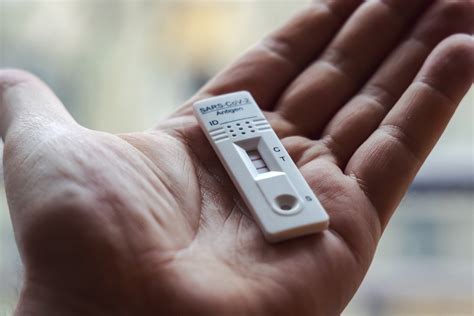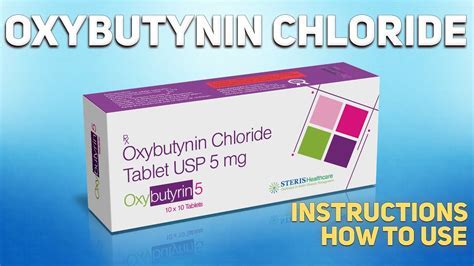Respiration is the process by which the body takes in oxygen and expels carbon dioxide, a vital function that occurs approximately 20,000 times per day. The mechanics of breathing are intricate, involving the coordinated effort of multiple organs and systems. Understanding how normal respiration works can provide insight into the importance of maintaining healthy respiratory function and optimizing oxygenation for overall well-being.
The Respiratory System: An Overview
The respiratory system consists of the upper airways (nose, mouth, and throat), the lower airways (trachea, bronchi, and bronchioles), and the lungs. The lungs are the primary organs responsible for gas exchange, where oxygen from the air we breathe is transferred into the bloodstream, and carbon dioxide, a waste product of metabolism, is removed.
The Process of Breathing
Breathing is a complex process that involves both voluntary and involuntary actions. The diaphragm, a dome-shaped muscle separating the chest cavity from the abdominal cavity, plays a crucial role in breathing. When the diaphragm contracts, it moves downward, increasing the volume of the chest cavity and drawing air into the lungs. Simultaneously, the intercostal muscles between the ribs also contract, further expanding the chest cavity.
| Phase of Breathing | Description |
|---|---|
| Inhalation | Air enters the nostrils or mouth, passes through the pharynx and larynx, and into the trachea, which splits into the bronchi leading to each lung. |
| Exhalation | Air is pushed out of the lungs, through the bronchi, trachea, and out of the body through the nose or mouth. |

Gas Exchange and Oxygenation
Within the lungs, the bronchioles eventually lead to alveoli, tiny sacs where the critical process of gas exchange occurs. Oxygen from the inhaled air diffuses through the thin walls of the alveoli into the surrounding capillaries, binding to hemoglobin in red blood cells. Simultaneously, carbon dioxide, transported from the body’s tissues to the lungs via the bloodstream, diffuses out of the capillaries and into the alveoli to be exhaled.
"Efficient gas exchange is crucial for maintaining proper oxygen levels in the body, supporting the metabolic needs of tissues and organs."
Factors Influencing Respiratory Efficiency
Several factors can influence the efficiency of respiration and oxygenation, including physical condition, altitude, air quality, and overall health of the respiratory system. Regular exercise can improve lung function by strengthening the muscles used in breathing and increasing the efficiency of gas exchange. Conversely, smoking and exposure to pollutants can significantly impair lung function and reduce oxygenation.
Improving Oxygenation
To improve oxygenation and support healthy respiration, several strategies can be employed:
- Regular Exercise: Engaging in physical activity can enhance lung function and increase oxygen delivery to the body’s tissues.
- Deep Breathing Exercises: Practicing deep, rhythmic breathing can help strengthen the diaphragm and improve the efficiency of gas exchange.
- Maintaining a Healthy Weight: Excess weight can put additional strain on the respiratory system, reducing its efficiency.
- Avoiding Smoking and Pollutants: Minimizing exposure to harmful substances can protect the lungs and maintain their function.
- Staying Hydrated: Adequate hydration is essential for the proper functioning of all bodily systems, including respiration.
Improving Oxygenation Through Lifestyle Changes
- Engage in regular physical activity to strengthen respiratory muscles.
- Practice deep breathing exercises to improve lung capacity and efficiency.
- Maintain a balanced diet and healthy weight to reduce strain on the respiratory system.
- Avoid smoking and minimize exposure to pollutants to protect lung health.
Conclusion
Normal respiration is a complex, highly regulated process that is essential for delivering oxygen to the body’s tissues and removing carbon dioxide. Understanding the mechanics of breathing and the factors that influence respiratory efficiency can provide valuable insights into maintaining healthy lung function and optimizing oxygenation. By adopting healthy lifestyle habits, individuals can support their respiratory health, enhance oxygenation, and contribute to overall well-being.
How often should I exercise to improve my lung function?
+Regular exercise, such as brisk walking for at least 30 minutes a day, can help improve lung function. However, the frequency and intensity of exercise should be tailored to an individual’s health and fitness level, and it’s always best to consult with a healthcare provider before starting any new exercise regimen.
Can deep breathing exercises really improve oxygenation?
+Yes, deep breathing exercises can help improve lung function and increase oxygenation by strengthening the diaphragm and improving the efficiency of gas exchange. Practicing deep breathing regularly can lead to better overall respiratory health.
How does smoking affect lung health and oxygenation?
+Smoking significantly impairs lung function and reduces oxygenation by damaging the alveoli and reducing the lungs’ ability to exchange gases efficiently. Quitting smoking can greatly improve lung health and increase oxygenation, reducing the risk of respiratory diseases.



